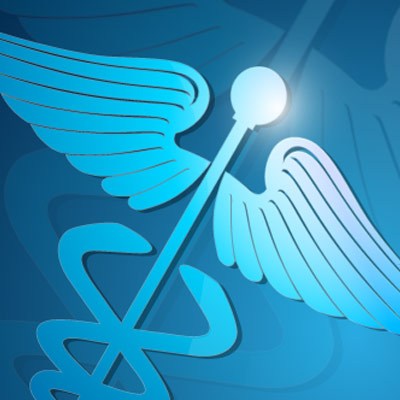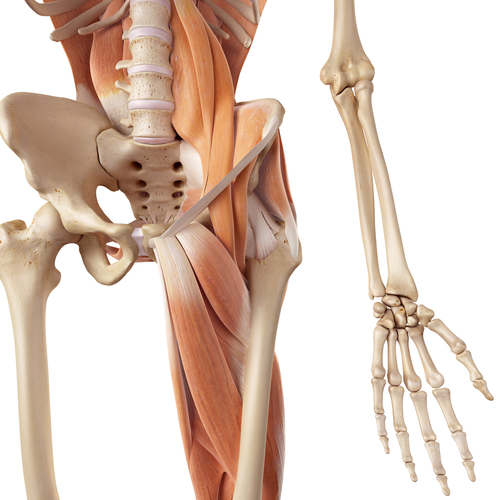The job of a medical illustrator is quite interesting and very rewarding for people who enjoy doing creative jobs, and love to make a contribution in the medical field. The task of a medical illustrator is to make complex concepts look easy to the biomedical community through the mode of accurate illustrations. He has to unravel the complexity in the biomedical field and convert them to superb pictures meant for illustration purposes. He is thus a professional artist who converts the incomprehensible medical information to easy terms, for public usage. The final product of a medical illustrator would come out in the form of:
- Trade and consumer publications
- Medical Illustration industries markets
- Textbooks, journals, eBooks
- Interactive classroom learning
- Web uses
- Courtroom exhibits
- Patient education
- Museums
- Veterinary and dental markets
- Health game apps
- Trade shows
- Hoardings/Billboards
- Continuing medical education (CME)
- Advertising
- Mobile health apps
- Television and film
- Augmented and virtual reality simulators
A person who can draw accurately, and is quite exceptional at observing the details would be able to become a remarkable and highly regarded medical illustrator. He would have to work on a variety of assignments, including creating complex medical drawings that attorneys can present before a court of law. The current trend in a medical illustration is to use interactive designs and multimedia animation with 3D effect, so here are certain skills that you must possess if you are planning to become an illustrator:
- Interested in science
- Great drawing skills, of course
- An eye for detail
- Above average visualization skills
- Logic reasoning skills
- Judgment and decision making
- Active learner
- Complex problem solving skills
- Impeccable hand-eye co-ordination
- Persistence to provide perfection
Education required to become a medical illustrator
You need to have a base knowledge in art and medicine if you want to become a successful medical illustrator. Getting a bachelor’s degree in both would be the best way to start on this career. Several employers ask for master’s degree in medical illustration, so make sure you take that as well. You may have to attend classes in 3D modelling, colour theory, photography, web design and interactive media development to get a good job in medical illustration. Programs of study also include courses in gross anatomy and knowledge of embryology, physiology, pathology, histology, cell biology, molecular biology, immunology, neuroanatomy, pharmacology, and genetics. There will be training in both computer-generated and hand-rendered anatomical drawings. In a course where there is a base in art theory, you would have to learn about computer graphics, motion medical production, surgical illustration and create 3D models and exhibits. There is a section where you will learn about professional ethics as well.
It would be perfect if you could prepare a base in art and science during your college preparatory program. And while in college, you can concentrate on art and biology, especially zoology, general biology, vertebrate anatomy, developmental biology, chemistry, physiology and cell biology.
What are the working conditions of a medical illustrator?
The scope for a job for a medical illustrator is quite wide and varied. You can work in medical schools where they need to create interacting e-learning programs, physical education, student courses and pharmaceutical/device sales training courses. Apart from that, you can work in veterinary schools, research institutions, medical education companies and in huge multi-media companies where they release apps and games related to health.
The reason for this demand for medical illustrators
The medical industry needs medical illustrators because they have to release information about new inventions, discoveries, technologies and treatments regularly, and they need someone to work on the pictures. Medical illustrations are one of the ways through which knowledge about such discoveries are made public. The median salary to be expected is $62,000 for a starter and it can grow up to $100,000. Those in the creative director and supervisory positions have a median salary range of $85,000 – $175,000. You can either start your own business or work in a firm, and supplement your income with freelance work, if you so wish.


